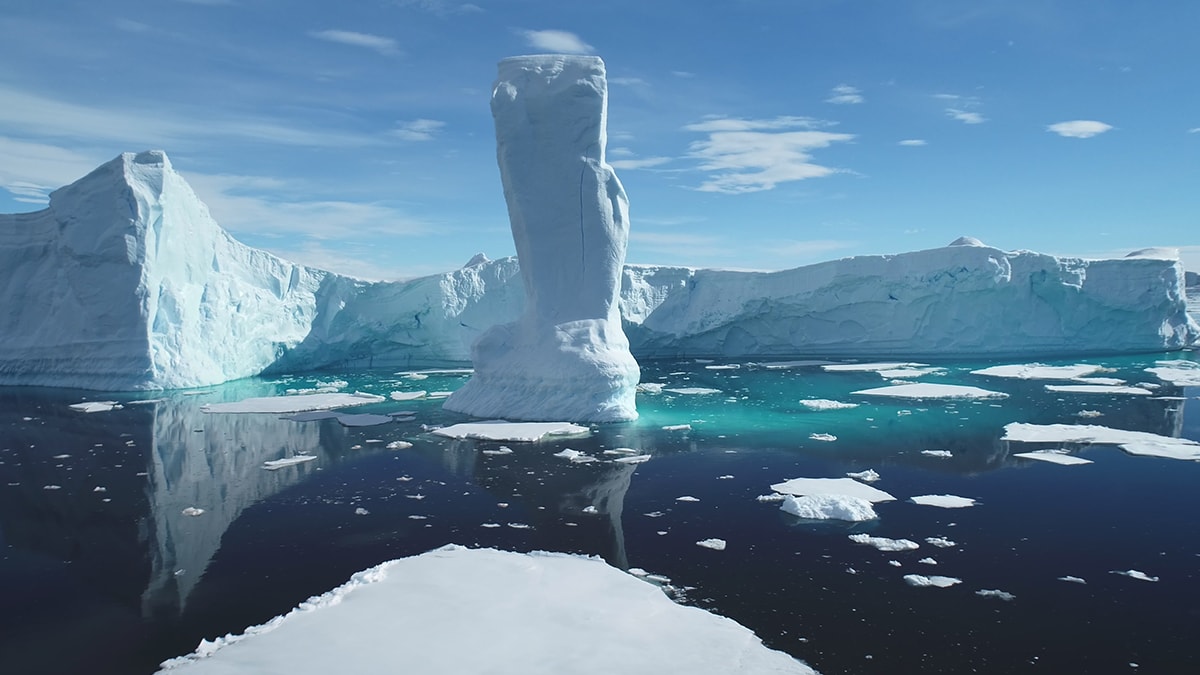If it warms by 1.5 degrees more, disaster is on the way: It will be the biggest migration

The rate of melting of ice sheets in Greenland and Antarctica has quadrupled since the 1990s, making it a major driver of sea level rise, and the goal of keeping global temperatures below 1.5 degrees Celsius remains virtually unattainable.
New data suggests that even if greenhouse gas emissions are rapidly reduced, sea levels will rise by around 1cm per year by the end of the century — posing a serious challenge to building coastal defences.
The world is currently on track for warming of between 2.5 and 2.9 degrees Celsius. This would mean that critical thresholds for the collapse of the ice sheets in Greenland and West Antarctica would be crossed. If these sheets melted completely, sea levels could rise by about 12 meters. Today, 230 million people worldwide live just 1 meter above sea level.
By 2050, just 20cm of rise could cause $1 trillion in annual flood damage in 136 major coastal cities. Scientists say every drop in temperature is significant. It buys time and reduces human suffering by slowing sea level rise.
'IT WILL CAUSE MIGRATIONS OF UNPRECEDENTED VOLUME'Prof. Jonathan Bamber from Bristol University says, “An increase of more than 1 cm per year would disable adaptation mechanisms. This would lead to migrations of unprecedented magnitude.” It is also stated that developing countries will experience greater losses in this process.

Prof. Chris Stokes from Durham University said, “The worst-case scenarios are happening before our eyes,” adding that even at 1.2 degrees Celsius, sea level rise has become unmanageable.
A MAJOR THREAT TO COASTAL POPULATIONSGlobal temperatures are set to reach 1.5 degrees Celsius for the first time in 2024. Although not officially exceeded because the Paris Agreement measures this limit on a 20-year average, the continued mass loss of ice sheets poses an existential threat to coastal populations.
Data from past warm periods show that sea levels could rise by several metres at 1.5 degrees Celsius. Even if carbon dioxide is removed from the atmosphere, it could take hundreds or even thousands of years for ice sheets to recover, scientists say.

Countries like Belize are already experiencing this threat. Although the capital was moved inland after a devastating hurricane in 1970, the largest city is still on the coast. “The 1.5-degree target is vital,” says Belize’s climate negotiator, Carlos Fuller, who stresses that temperatures must be brought down to protect cities.
SÖZCÜ





